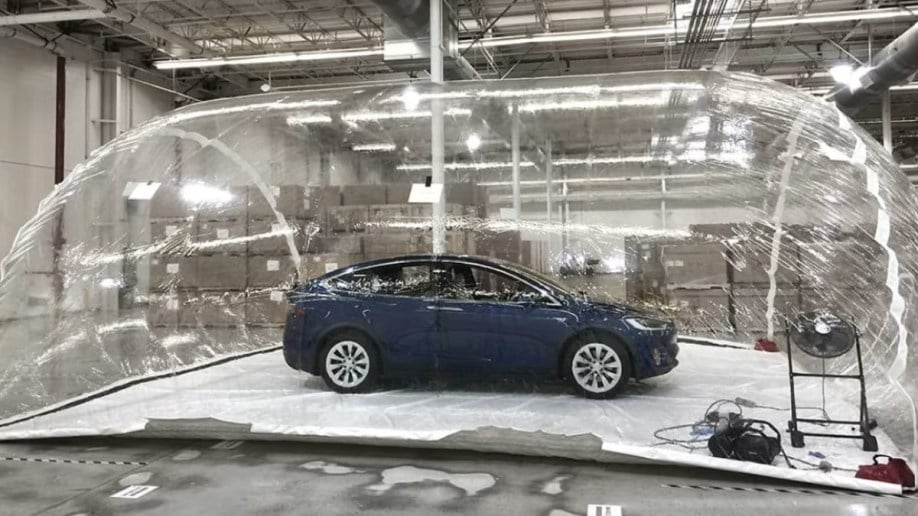
But they don’t reach the inside of a Tesla.
HEPA Filters and Positive Pressure
Since 2016, Tesla cars have shipped with a feature with a dramatic name but a more commonplace purpose. It’s called Bioweapon Defense Mode. But Tesla says it’s also intended to protect owners against “the statistically more relevant hazard of air pollution.”
Related: Air Purifiers For Cars – Everything You Need to Know
It has an over-the-top marketing name (a Tesla trademark, see “Full Self-Driving,” which isn’t). But it’s a simple enough idea — an in-car High-Efficiency Particulate Air (HEPA) filter. Like home HEPA filters, it captures 99.97% of particles as small as 0.3 micrometers in diameter, effectively filtering out most wildfire smoke.
Bioweapon Defense Mode goes a step further, creating a positive-pressure environment inside the cabin to keep outside air from bypassing the filters and getting in through seals in the bodywork.
In a blog post, the company claims that a 2016 test saw the mode reduce “pollution levels from an extremely dangerous 1,000 micrograms per cubic meter to levels so low as to be undetectable” in under two minutes.
The feature is standard on the Tesla Model S, Model X, and Model Y. Tesla Model 3 cars have a HEPA filter but not the full mode.
Tesla isn’t the only car company offering in-car HEPA filters. Mercedes-Benz’s proprietary Air Balance System also provides HEPA filtration and can inject fragrances into the cabin. It’s found on the Mercedes-Benz EQS and EQE electric cars.







